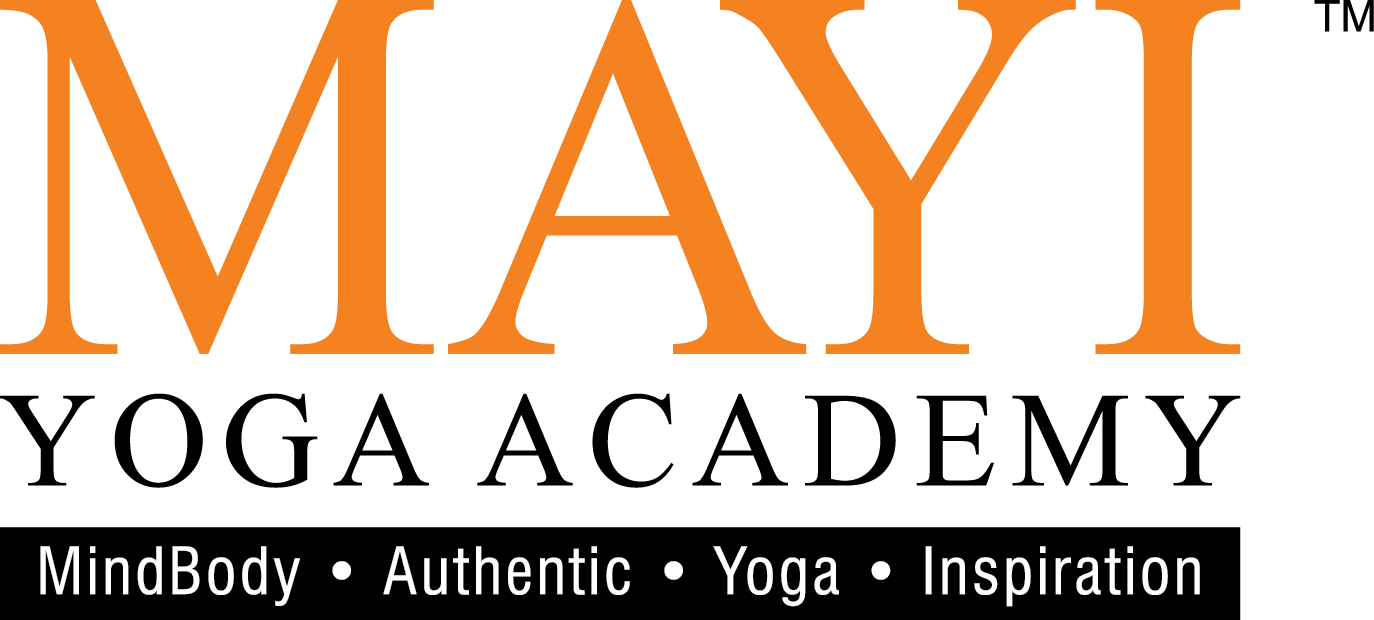Hypermobility and Yoga
- October 17, 2019
- Posted by: admin
- Category: Articles by Practitioners,

By Adelena Gustafsson
“But I’m not flexible enough for yoga, ” and “I can’t twist my body like a pretzel.” These are the common statements I get when I speak to people about yoga. Why do we have all these misconceptions about yoga? Yoga is not just for flexible people; it is also to help people become more flexible. Yoga is for everyone. However, I was once told that I shouldn’t do yoga because I am hypermobile or in other words very flexible. I have had this condition for long but was never told how to control it until I started to experience pain in my joints.
I can actually do yoga, but I just have to be careful not to over extend. With the right guidance, I am able to practice yoga with ease. Since I started learning how to do yoga the correct way, I became more aware of how my body works. My muscles became stronger and I started to feel parts of the body I didn’t even know I had.
“Why was I suffering from joint pains then?” I wondered. While seeking treatment, I found that I had scored a 9/9 in the ‘Beighton scores’.
Though both my thumbs couldn’t quite touch my forearms, they did come close. I was put in a training class to build up muscles and learn to use my body correctly. It took me a long time to actually build the appropriate muscles and strength I needed.
Since then I have really started to look into my condition and become more aware of how I should position my body. I am also more aware of how others position themselves in my yoga class. I am more careful in explaining how one should position their bodies and joints as I feel it is my duty to guide them in protecting their bodies.
Lately I’ve noticed that every time I hurt a joint, it takes a long time to heal. While practising the inversion Vrishchikasana (the Scorpion pose), I lost balance and fell on my left knee. It was definitely painful. I immediately started doing the kneecap contractions, one of the joint exercises we usually do in the Pawanmuktasana series. I practiced this several times in a day and by the third day, the swelling had gone down and the bruise I saw forming had actually disappeared.
My knee was back to normal. It was as if the fall never happened. I’m amazed with the outcome.
The Pawanmuktasana series or the Joint Exercise is a set of 17 asanas that we do at the beginning of every class at MAYI Yoga Academy before performing the Surya Namaskar or Sun Salutation.
These asanas help to warm up and strengthen the joints and muscles. If you attend classes at MAYI, you probably know this. We usually start with the toe bending and end with the eye rotation exercise. By just spending 10-15 minutes on the joint exercise, I can already feel the difference. You may wish to try it on your own – on one day, do a set of the Pawanmuktasana series before the Sun Salutation; on another day, skip the pawanmuktasana series and go straight to the Sun Salutation. Observe the difference.
The Pawanmuktasana series has helped me control my hypermobility and strengthen my joints and muscles. I heal faster now. I am more aware of the parts of the joints that are affected when I perform an asana or even walk down the staircase
Hence, I do believe that yoga is for everyone and as much as it has helped me build strength to control my flexibility, it will definitely help give one more flexibility through practice. If you think you have an issue with hypermobility, you can always do the Beighton Score test or find a physician to examine your condition and take it from there.
